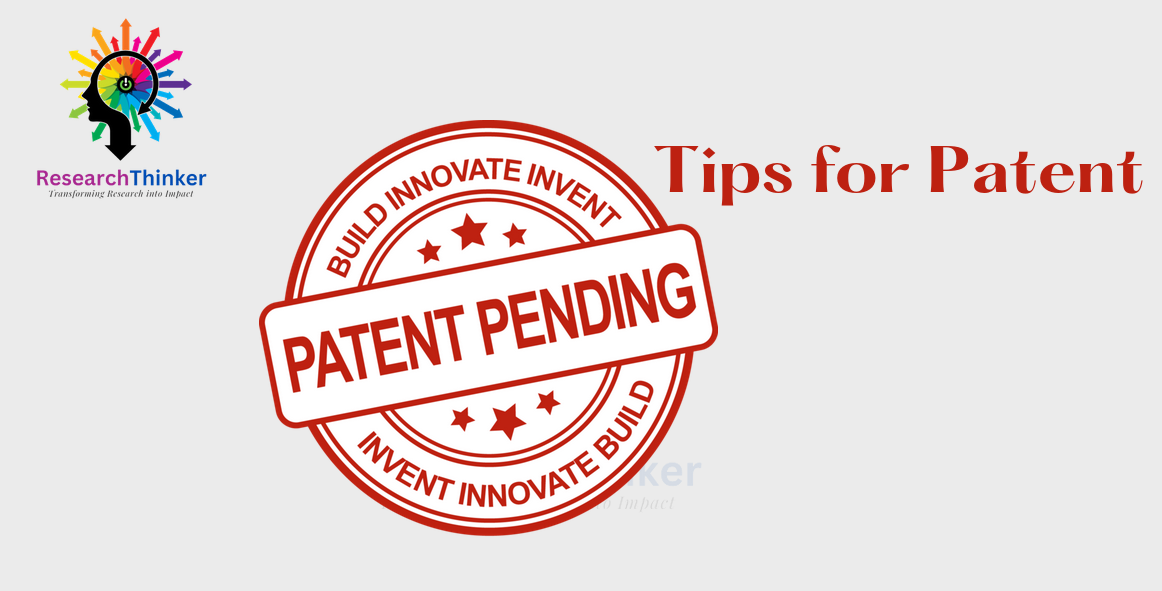When writing a patent, there are several important things to keep in mind to ensure a strong and effective patent application. Here are some key points to remember:
Novelty: Your invention should be new and innovative. It should have features or aspects that are not already disclosed or known in prior art.
Inventive Step: Your invention should involve an inventive step, meaning it is not obvious to someone skilled in the field. It should demonstrate an advancement or improvement over existing technologies or solutions.
Clear and Concise Description: Provide a clear and detailed description of your invention, including its purpose, functionality, components, and any unique features. Use precise and specific language to avoid ambiguity.
Claims: The patent claims define the legal scope of your invention. Draft the claims carefully, ensuring they cover the key aspects and variations of your invention. Claims should be clear, concise, and supported by the description.
Enablement: Your patent application should enable a person skilled in the field to reproduce and implement your invention based on the information provided. Sufficient details, including diagrams, drawings, and examples, should be included to facilitate understanding and implementation.
Patent Search: Conduct a thorough patent search to ensure your invention is unique and not already patented or disclosed. This helps you assess the novelty and potential patentability of your invention.
Professional Help: Consider consulting a patent attorney or patent agent who specializes in intellectual property law. They can provide guidance, draft the patent application, and help navigate the complex patenting process.
Timeliness: File your patent application as early as possible to establish priority and prevent others from claiming similar inventions. Public disclosure before filing can affect your ability to obtain patent protection in some countries.
Non-Disclosure Agreements: When sharing your invention with others, especially during development or seeking investment, consider using non-disclosure agreements (NDAs) to protect your intellectual property rights.
Continuation and Maintenance: After obtaining a patent, be aware of the requirements for continuation applications, maintenance fees, and other post-grant procedures to maintain and protect your patent rights. It is crucial to consult with a qualified patent professional who can provide personalized advice and assistance based on your specific invention and circumstances.





